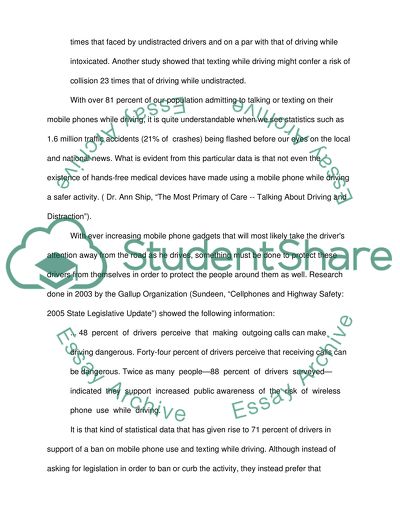Cite this document
(“The Need for National Legislation Against Distracted Driving Essay”, n.d.)
Retrieved de https://studentshare.org/sociology/1436843-argummentative-on-not-using-cell-phones-when
Retrieved de https://studentshare.org/sociology/1436843-argummentative-on-not-using-cell-phones-when
(The Need for National Legislation Against Distracted Driving Essay)
https://studentshare.org/sociology/1436843-argummentative-on-not-using-cell-phones-when.
https://studentshare.org/sociology/1436843-argummentative-on-not-using-cell-phones-when.
“The Need for National Legislation Against Distracted Driving Essay”, n.d. https://studentshare.org/sociology/1436843-argummentative-on-not-using-cell-phones-when.


